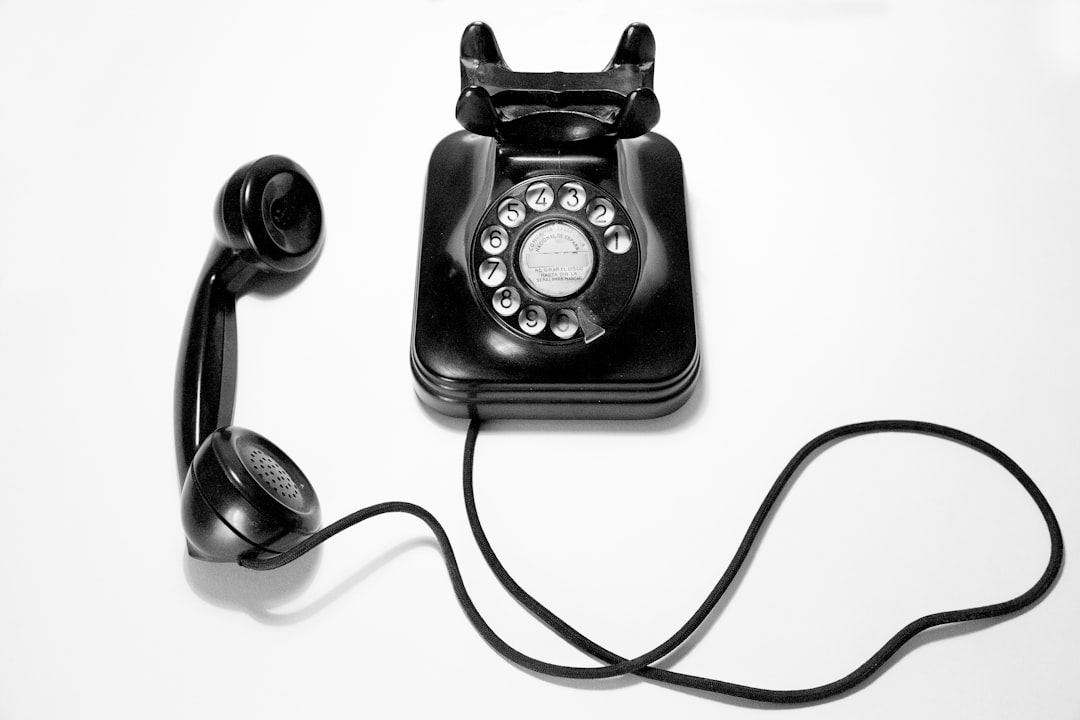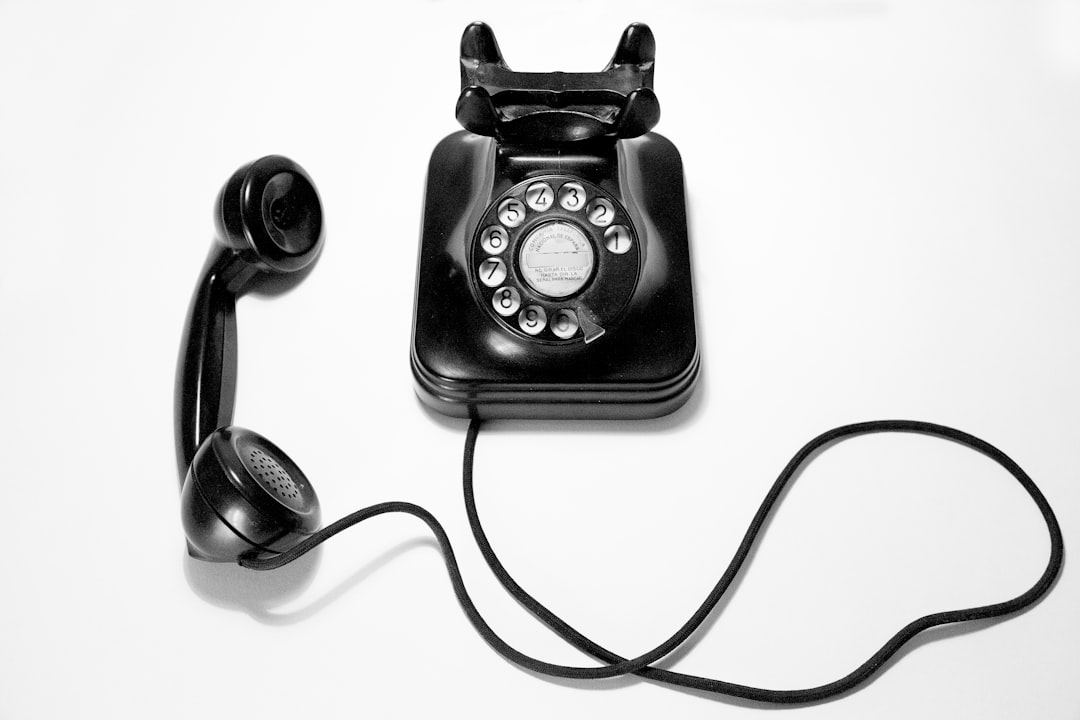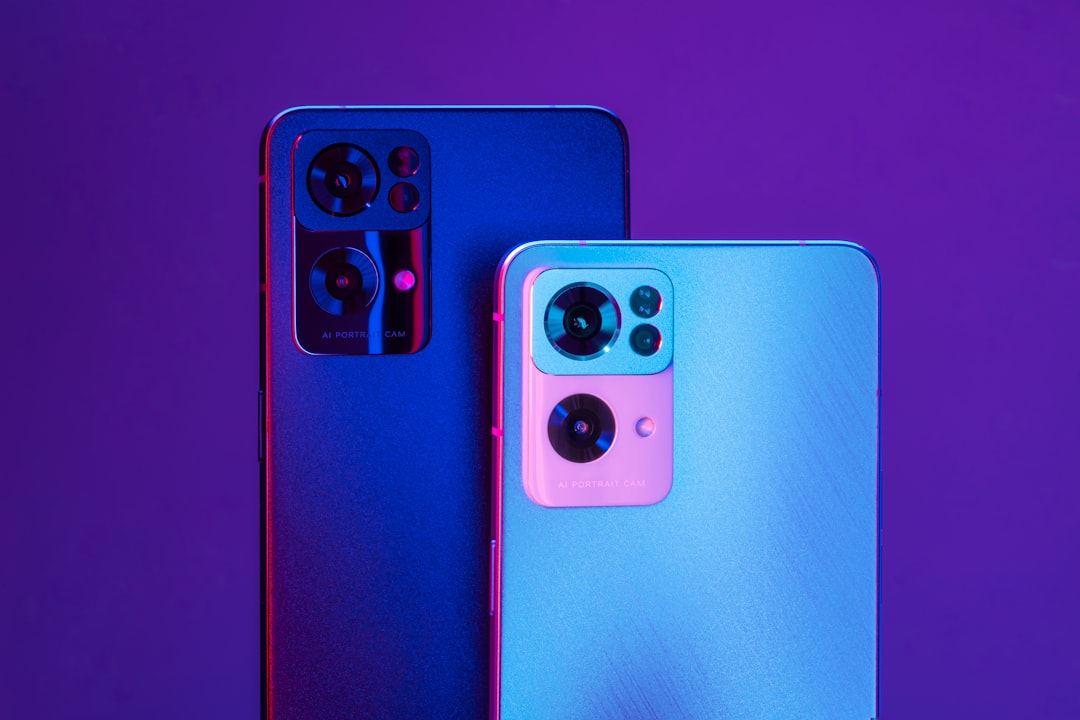The pipe symbol (|) is a versatile tool with diverse meanings and uses. It indicates direction, separation, fluid flow, connectivity, and digital data, serving as a universal language in technical drawings and mapping. In Virginia, the pipe symbol signifies "Do Not Call" preferences, protecting consumers from unwanted telemarketing calls and empowering them to seek legal action against violators. As a simple yet flexible tool, pipes enhance readability in lists and code blocks, facilitate data redirection in programming, and represent physical and metaphorical connections in modern digital communication. Virginia's strict 'Do Not Call' laws require compliance for law firms, with potential penalties for violations, underscoring the importance of specialist Do Not Call lawyers for guidance and protection.
“In today’s digital age, unwanted telemarketing calls can be a persistent and frustrating nuisance. The pipe symbol, often associated with ‘Do Not Call’ lists, serves as a powerful visual reminder of your legal rights to privacy. This article delves into the intricate world of Do Not Call laws in Virginia, exploring everything from the protection offered by hiring a specialized Do Not Call Lawyer to practical tips on spam call detection and reporting. By understanding these regulations, residents and businesses can safeguard their privacy and take action against violators.”
Understanding the Do Not Call Laws in Virginia

Pipe Symbol Descriptions
1. A curvilinear mark resembling a vertical line with a slight bend, often used to indicate direction or separation.
2. Universal symbol for fluid flow, conveying movement and connection.
3. Signifies a link or joint between two elements, suggesting connectivity.
4. Represents a conduit or channel through which something passes.
5. Iconic representation of a pipe, evoking images of plumbing, transportation, or even digital data flow.
6. Versatile symbol used in diverse fields from engineering to computer networks.
7. Simple yet powerful visual cue for “connect” or “link.”
8. A graphic element that bridges two points or concepts.
9. Suggests a path or route through which something travels.
10. Embodies the idea of a passageway, whether literal or metaphorical.
11. Represents continuity and the flow of information or materials.
12. Symbolizes transformation and change in direction.
13. A visual shorthand for a complex network or system.
14. Conveys the notion of organization and structure.
15. Indicates hierarchy or layers within a system.
16. A design element that adds aesthetic appeal while conveying functionality.
17. Can signify safety, as in fire extinguishers or hazardous material signs.
18. Used to represent privacy, such as in “Do Not Enter” signs.
19. Important in technical drawings for accurate representation of components.
20. Key in mapping and navigation systems for showing routes and connections.
21. A versatile icon that can signify both physical and digital networks.
22. Represents the interconnectedness of modern society.
23. Emphasizes unity and shared pathways.
24. Symbolizes progress and movement forward.
25. A universal language understood across cultures.
26. Can evoke a sense of order and control.
27. Used in marketing to capture attention and convey messages.
28. Effective in simplifying complex ideas or processes.
29. A powerful tool for communication, both literal and metaphorical.
30. Represents the ever-changing flow of information and ideas.
Understanding Do Not Call Laws in Virginia
In Virginia, like many states, Do Not Call laws are designed to protect residents from unwanted telemarketing calls. These regulations are crucial for consumers who often face a deluge of unsolicited phone calls, leading to frustration and privacy invasion concerns. A Do Not Call Lawyer Virginia or Do Not Call Attorney Virginia can be invaluable resources if you believe your rights have been violated.
These laws restrict businesses from making telemarketing calls to numbers on the Do Not Call list. This list is maintained by the Virginia Division of Consumer Affairs and allows individuals to opt-out of receiving such calls. However, it’s important to note that some calls are exempt, including those from charities, political organizations, or if you have a pre-existing relationship with the caller (e.g., a previous purchase). If you receive spam calls despite being on the list, you can file a complaint with the Do Not Call Law Firms Virginia and seek legal recourse to stop the nuisance calls.
The Pipe Symbol: Your Legal Rights Visualized

The Pipe Symbol: Your Legal Rights Visualized
In a world saturated with legal jargon and complex regulations, the pipe symbol emerges as a powerful visual shorthand for Do Not Call laws in Virginia. This iconic sign, often seen on phone bills or marketing materials, acts as a stark reminder of your rights under state regulations designed to protect consumers from unwanted telemarketing calls. By depicting a stylized pipe, this symbol effectively communicates that the recipient has chosen to opt-out of receiving such calls, and any disregard for these preferences can lead to legal repercussions.
Understanding this symbol is crucial, especially when navigating the Do Not Call landscape in Virginia. If you’ve marked your phone number as “do not call” with a lawyer or law firm, this pipe icon signifies that your request has been acknowledged. Any subsequent calls from entities who ignore these explicit instructions may violate Do Not Call Laws Virginia, empowering you to take action and potentially seek legal counsel from specialized lawyers for Do Not Call issues in Virginia if necessary.
Why You Should Never Call Law Firms on Spam Lists

Pipe Symbol Descriptions
1. The pipe symbol (|) is a versatile punctuation mark used to separate items in lists, code blocks, and other structured data.
2. It acts as a visual divider, enhancing readability and clarity.
3. In programming languages, pipes are often employed for data redirection and command-line operations.
4. A common use of the pipe is to direct the output of one command as input to another.
5. Think of it as a conduit connecting different stages of a process.
6. Its simple design makes it readily recognizable across various platforms and contexts.
7. The pipe can represent both physical and metaphorical connections, from plumbing to data flow.
8. In text, pipes can be used to highlight breaks in thought or to separate columns.
9. Its neutral appearance allows it to blend seamlessly into different types of content.
10. It’s a simple yet effective tool for organizing information visually.
11. The pipe symbol offers a concise way to express complex relationships between data points.
12. Its versatility makes it a go-to choice in many applications, from code to design.
13. It adds structure and hierarchy without cluttering the page or code with unnecessary words.
14. Pipes can make code snippets cleaner and easier to understand at a glance.
15. They streamline communication by providing quick references for recurring patterns.
16. In data analysis, pipes serve as crucial connectors in complex workflows.
17. Their use ensures data flows smoothly through various stages of processing.
18. Pipes are essential tools in automation scripts and system configuration files.
19. They simplify the execution of multi-step tasks by breaking them down into manageable chunks.
20. In online communities, pipes can be used to categorize posts or threads for better organization.
21. They facilitate navigation and information discovery within vast content repositories.
22. Pipes allow users to filter and refine results quickly and efficiently.
23. They offer a flexible alternative to more verbose grouping methods.
24. The pipe symbol carries an air of simplicity, elegance, and efficiency.
25. Its universal recognition makes it a reliable tool for conveying meaning across cultures and languages.
26. It transcends language barriers in technical communication.
27. Pipes are essential in the fields of data science, software development, and IT infrastructure management.
28. They simplify complex processes, enhance productivity, and ensure accuracy.
29. Their ubiquity ensures compatibility across different systems and platforms.
30. The pipe remains a cornerstone of modern digital communication and data manipulation.
Why You Should Never Call Law Firms on Spam Lists
In the digital age, it’s tempting to reach out to law firms through direct mail or phone calls, especially when facing legal issues. However, using spam lists to contact lawyer offices is a strategy that can backfire significantly. Do Not Call Lawyer Virginia and Do Not Call Attorney Virginia regulations are in place for a reason: they protect individuals from unwanted and often misleading contact.
Spam calls to law firms, often disguised as legitimate inquiries, can lead to several problems. Firstly, many law offices have strict policies against accepting unsolicited calls, which can result in your message being ignored or worse, flagged as spam. Secondly, these calls can contribute to a overwhelming influx of requests, making it difficult for genuine clients to receive timely and personalized service. Furthermore, engaging with spam lists may expose you to potential scams, as some entities use these tactics to peddle unethically sourced legal services or even gather personal information for fraudulent purposes. Instead of relying on spam call law firm Virginia approaches, consider researching reputable local attorneys specializing in your area of need. A lawyer for Do Not Call Laws Virginia can provide the guidance and representation you require while respecting your privacy and avoiding potential pitfalls associated with unsolicited contact.
Hire a Lawyer for Do Not Call Violations in Virginia







